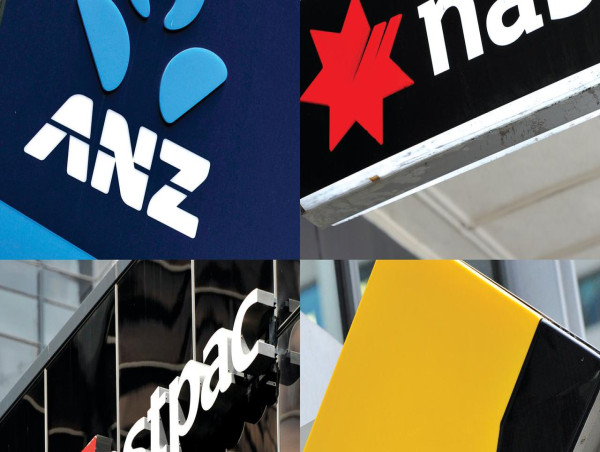Rapid interest rate rises have spurred a refinancing boom but many borrowers are still paying the price for their complacency.
Almost a quarter of all borrowers are paying 6.5 per cent or more on their variable rate loans, based on Canstar modelling, which is 1.81 per cent higher than the cheapest loan rate.
For these mortgage holders, the failure to shop around for a better deal will add $570 or more each month to a standard $500,000 loan over 30 years.
Some mortgage holders are even paying interest rates upwards of eight per cent.
For these borrowers, swapping to the lowest price loan could yield savings of more than $1000 a month on a $500,000 loan over 30 years.
Canstar's finance expert Steve Mickenbecker said there were 57 variable rate loans available with rates under five per cent.
"And while refinancing to the lowest rate loan in the market may not always be possible, there's still a wide range of loans offering big savings," Mr Mickenbecker said.
He said refinancing was the easiest way to find household savings.
"Even for borrowers with rates in the mid-range of 6.01 per cent to 6.5 per cent, the savings are still a very substantial $471 per month.
"Try saving that on any other household bill."
Since May last year, the Reserve Bank has lifted the official cash rate by 3.5 percentage points from the record low level of 0.1 per cent, pushing up monthly repayments for mortgage holders.
New data on advertised salaries should reassure the RBA that wages are unlikely to grow out of control and keep excessive pressure on inflation, building the case for a pause sooner rather than later.
SEEK's advertised salary index revealed plateauing growth in pay packets offered to new hires in February.
The index, which measures the change in the advertised salaries on the platform's job postings over time, recorded a 0.3 per cent lift over the month, and 0.8 per cent growth over the quarter.
On an annual basis, advertised salaries on the jobs marketplace lifted 4.5 per cent.
SEEK senior economist Matt Cowgill said average advertised salary growth was flattening out.
"The surge recorded in 2021 and early 2022 is behind us, but it's also showing no signs of returning to the lower pre-COVID levels," he said.
"The fact that advertised salary growth is not accelerating will reassure policymakers that we are not in a wage-price spiral," he added.
But with advertised salaries falling well behind inflation, Mr Cowgill said workers would be struggling to make ends meet.



